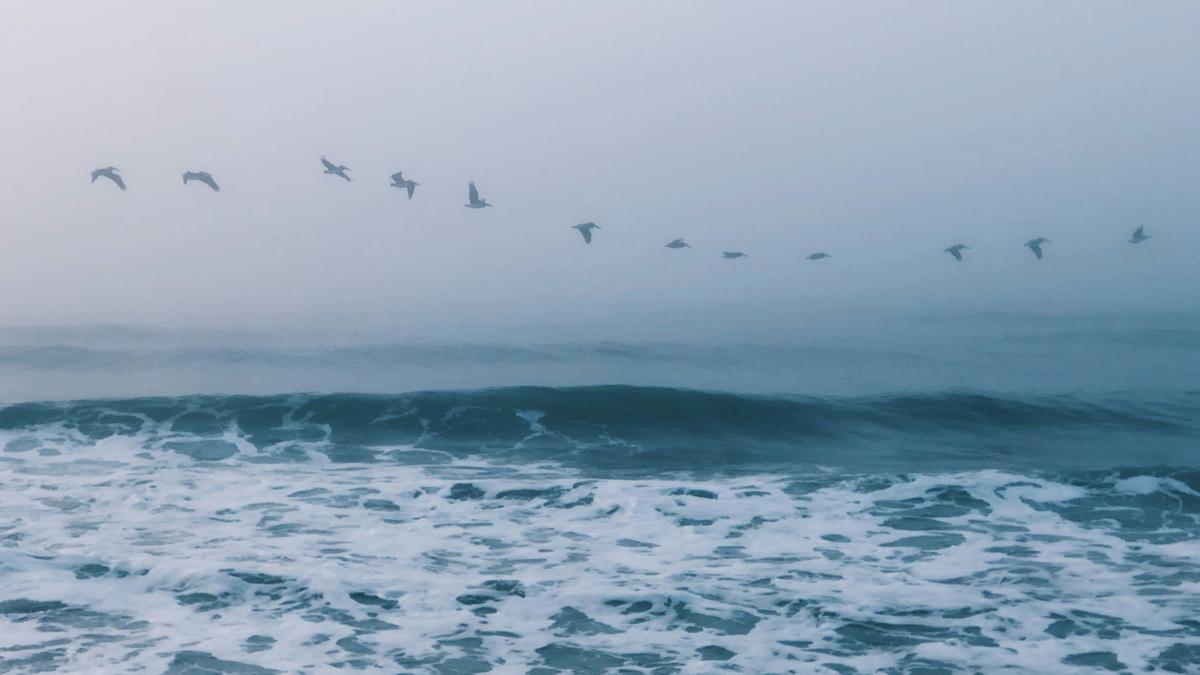
What causes the seas to foam? Premium
The Hindu
Sea foam in the ocean is created by organic material, wind, and waves, forming bubbles on the beach.
A: Sea foam needs two ingredients: something to increase the surface tension of the water, like a bubble bath, and something to froth it up, like water running into a tub.
In the ocean or sea, the bubble bath is usually dissolved organic material, and strong surface winds or the breaking of waves on the beach stir up the water with air to make bubbles. The organic material comes from a number of sources, usually a concentration of biomass such as the phytoplankton bloom that causes a red tide or a fish kill. A bloom is an increase in the numbers of some species or complex of species that then die or are eaten, releasing organic material. The material can also come from sewer spills and other terrestrial runoff.
In addition, there are a number of mechanisms that concentrate the foam, which is commonly blown up on the beach, for example. Seafoam is seldom seen in the open ocean as most areas do not support high concentrations of plankton, though there are spots where the right conditions for an organic bloom occur.

KTM has reinforced its middleweight ADV portfolio in India with the introduction of two distinct offerings — the updated KTM 390 Adventure X and the globally-spec KTM 390 Adventure Enduro R. While the former caters to long-distance touring enthusiasts now seeking more value and tech, the latter is purpose-built for riders who demand uncompromised off-road performance, rooted in Dakar DNA.





















 Run 3 Space | Play Space Running Game
Run 3 Space | Play Space Running Game Traffic Jam 3D | Online Racing Game
Traffic Jam 3D | Online Racing Game Duck Hunt | Play Old Classic Game
Duck Hunt | Play Old Classic Game










